


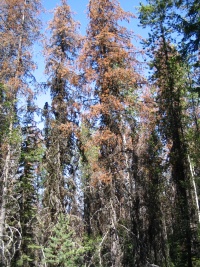

Fun With Bugs

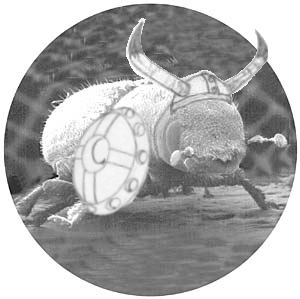

A bit of history......
When we were awarded W1832 in 1999, there was no developed access to the woodlot.

There were significant challenges in building an access road to the top of the woodlot. It is 4 km in a straight line to the top, and a lot further at "road grade".
There is also a belt of rock outcrops across the middle of the hillside to find a way through.
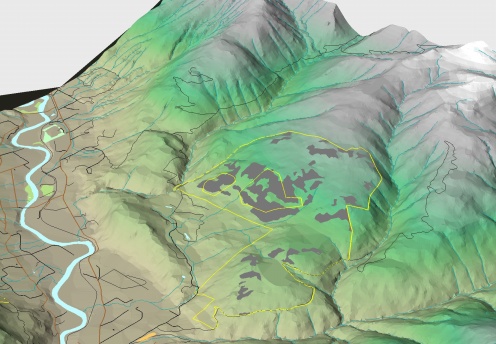
We knew that there were extensive lodgepole pine stands in the upper woodlot. We could not afford to start operations up there, but we planned to access the area in our second FDP in 2007 or so. We hoped that the pine beetle would not get there first.
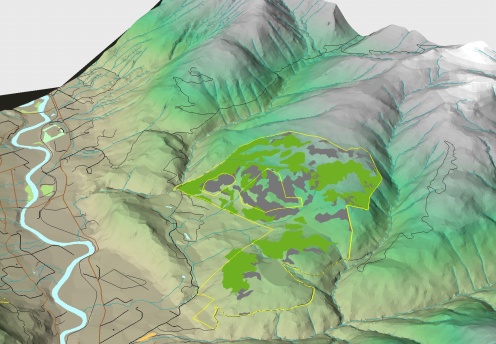
We started operations by restoring 3.5 km of the old SIlica Mine Road, and logging two partial cut blocks in the lower part of the woodlot in 2003 and 2004. This used up our inital cut control volume and time period.

We worked on the upper access problem at the same time.
We found a feasible but very expensive road location that crawled up the hill through the rock. Most of the road was built on favourable terrain, but a short section plowed right through some large, standing rock bluffs.
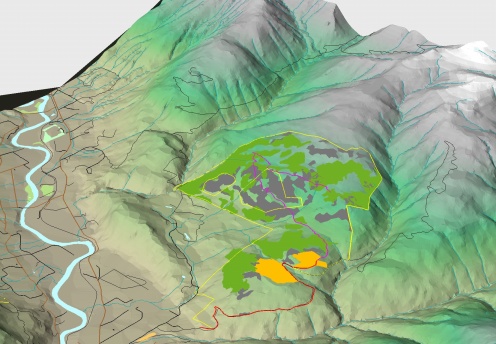
Meanwhile, The Beetle was stirring. We had always had a few beetles - an endemic population - in the Woodlot. So had neighboring forests. But in 2002, the impacts of some large beetle populations began to appear in the landscape.

Remember that the trees that turn red in 2002 they year were killed in July 2001 by the beetles. They appear healthy for a whole year, and then turn red. So what we "see" from afar is a year out of date. This means that sometimes when you "see" a beetle problem, the beetle population has already expanded exponentially to epidemic levels.
In summer 2003, trees started turning red all over the hill. Things looked less than good.

In fall 2003, we got a call from Al Skakun at BC Timber Sales. Al said "Have you guys been up there? It's a mess."
It was.
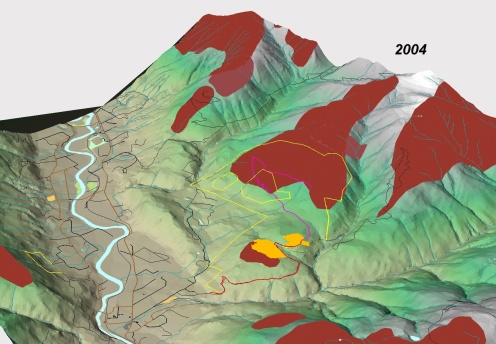
We hiked up to the top of the woodlot in late fall 2003, and found that Al was not exaggerating. A massive population expansion from the 2003 red attack patches had occurred. 5 or 10 or more trees were attacked in 2003 for every 2002 brood tree. There were many places where 100% of the forest was now dead pine trees. And the beetles had moved en masse into the woodlot.
Much wrangling over what to do and how to do it ensued. Julie Castonguay of Sattva Consulting did a beetle reconnaissance and identified the most severely affected areas.

We decided that the reasonable plan was to try and salvage the beetle killed trees on operable terrain while they still were merchantable. The dead trees do not rot for several years after they are killed, but they usually develop deep cracks (checks) after a year or two. Trees with two or more checks are usually rejected by sawmills.
Brent Petrick of Smokey Woodlot Management is one of our main advisors. In May 2004 he suggested we look harder for a direct road access route to the beetle infestation, using up to 16% sustained favourable road grade and up to 20% max. It worked. The new road was about 2 km shorter than the old planned road, had much less rock, fewer creek crossings, and would be quicker to build.

Apex Geoscience of course examined the road location for stability issues before construction, approved the location, and recommeneded appropriate drainage structures. We got approval to build the road in July, and finished construction just as the November snows chased us down the hill.
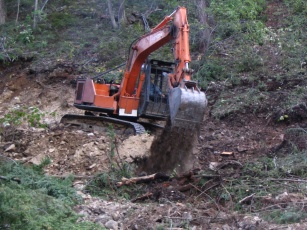
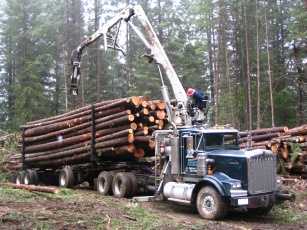
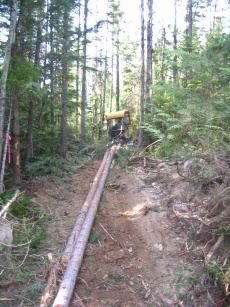

While the road was being built, we carefully located a 46 ha cut block in the accessible beetle attacked pine forest that was on terrain suitable for timber managment. The block excludes several wetlands, deciduous forests, and dry rocky hills. Dave Buller and Nolan operationally cruised the block in Fall 2004, and Julie Castonguay of Sattva Consulting prepared a Site Plan.

Once we finally were told that the site plan was acceptable, we began the appraisal process, which determines how much stumpage we will pay the government for the dead trees. To our shock, we found that a regulation change on April 1 prevented us from carrying forward a portion of our road costs to offset stumpage in a future logging block. Woodlot licences have long had this right, but it was suddenly removed by the new regulation. We found that in order to carry some road costs forward, we had to have another cutblock shown on an approved Forest Development Plan in place.
As a result, in the first 2 weeks of May 2005, we created a Major Amendment to our Forest Development Plan that included another block. We had not done all of the planning work required to propose another significant beetle salvage area at the Forest Development Plan level. But, we understand that the block on the FDP can just be "a block", and that it can be modified or moved after the fact. So we proposed a one hectare block adjacent to our 46 hectare salvage block. The Major Amendment is for an extremely minor block.
The pine beetle is still very active in the woodlot. Many trees in the pine stand shown in dark magenta below were beetle infested in 2004. The mild winter killed very few beetles. We expect that this are will have an epidemic population in 2005, and will soon be another dead pine stand. This is likely our next dead pine salvage block.

Operations Page 2
Home